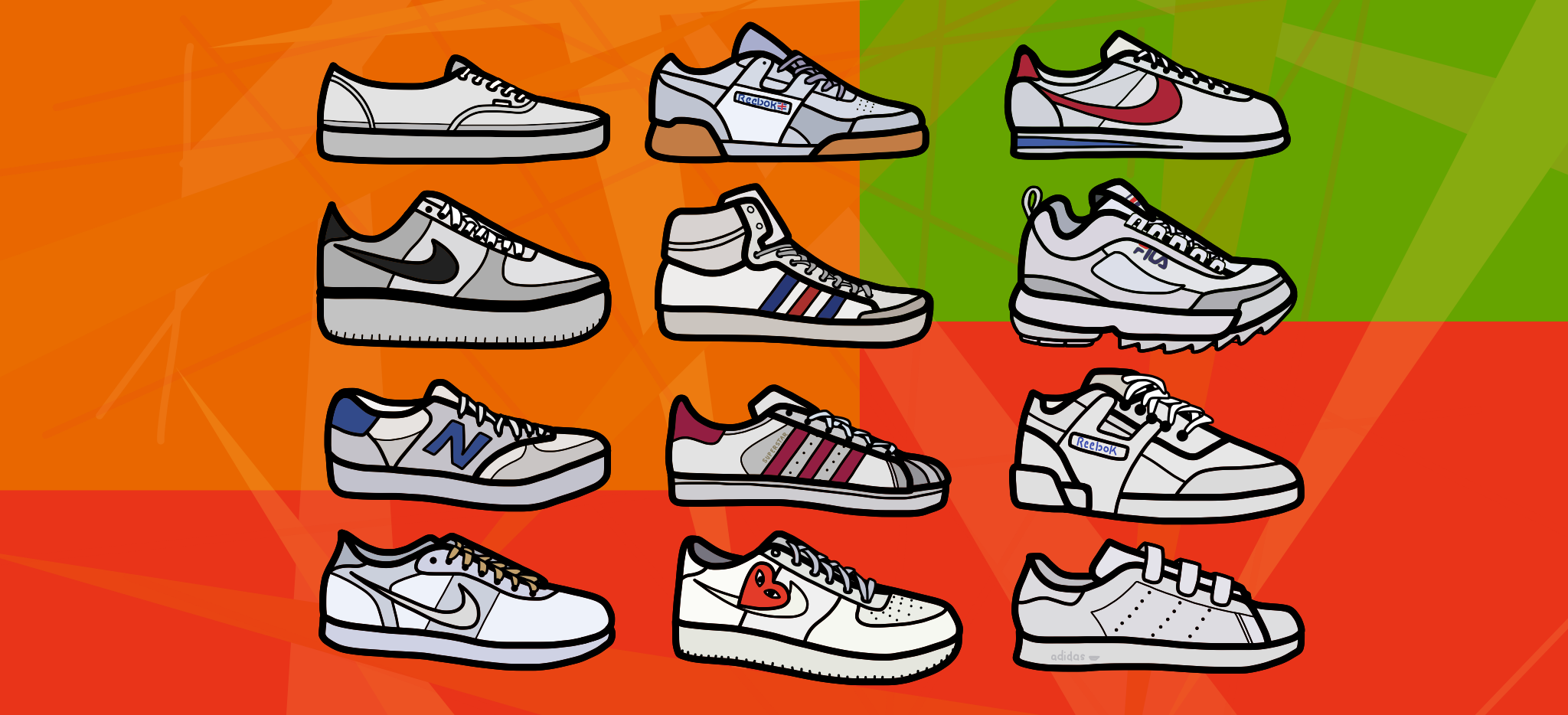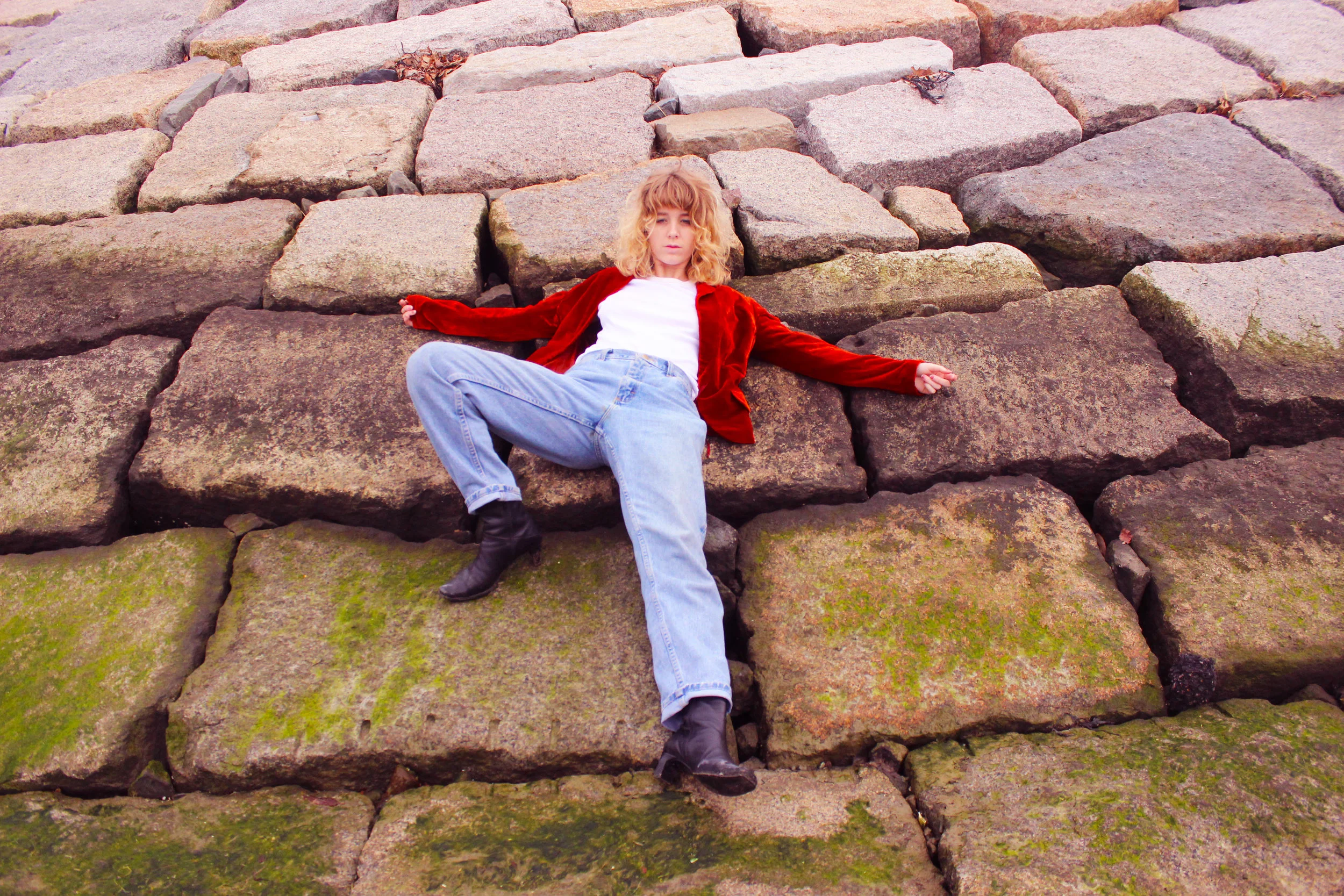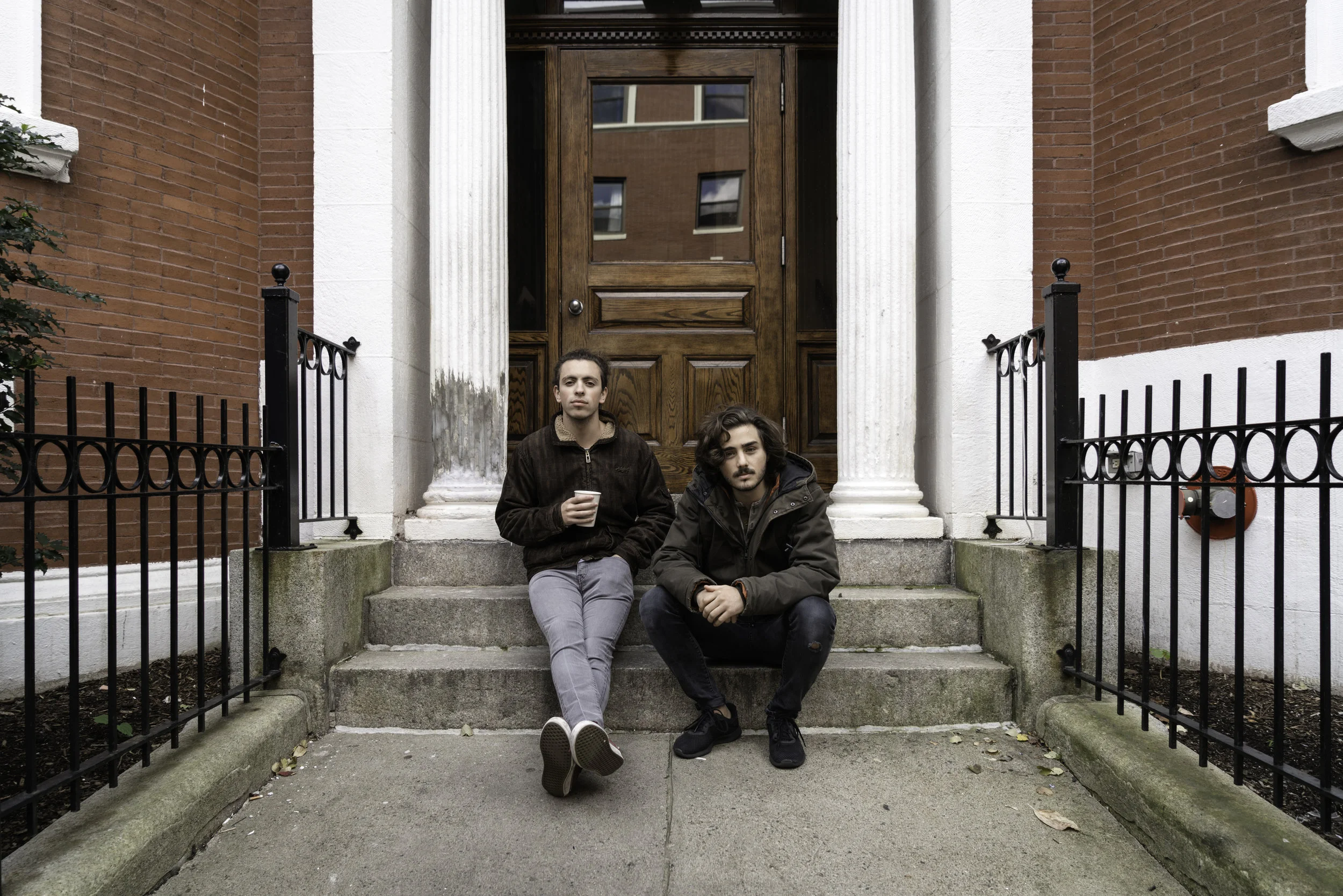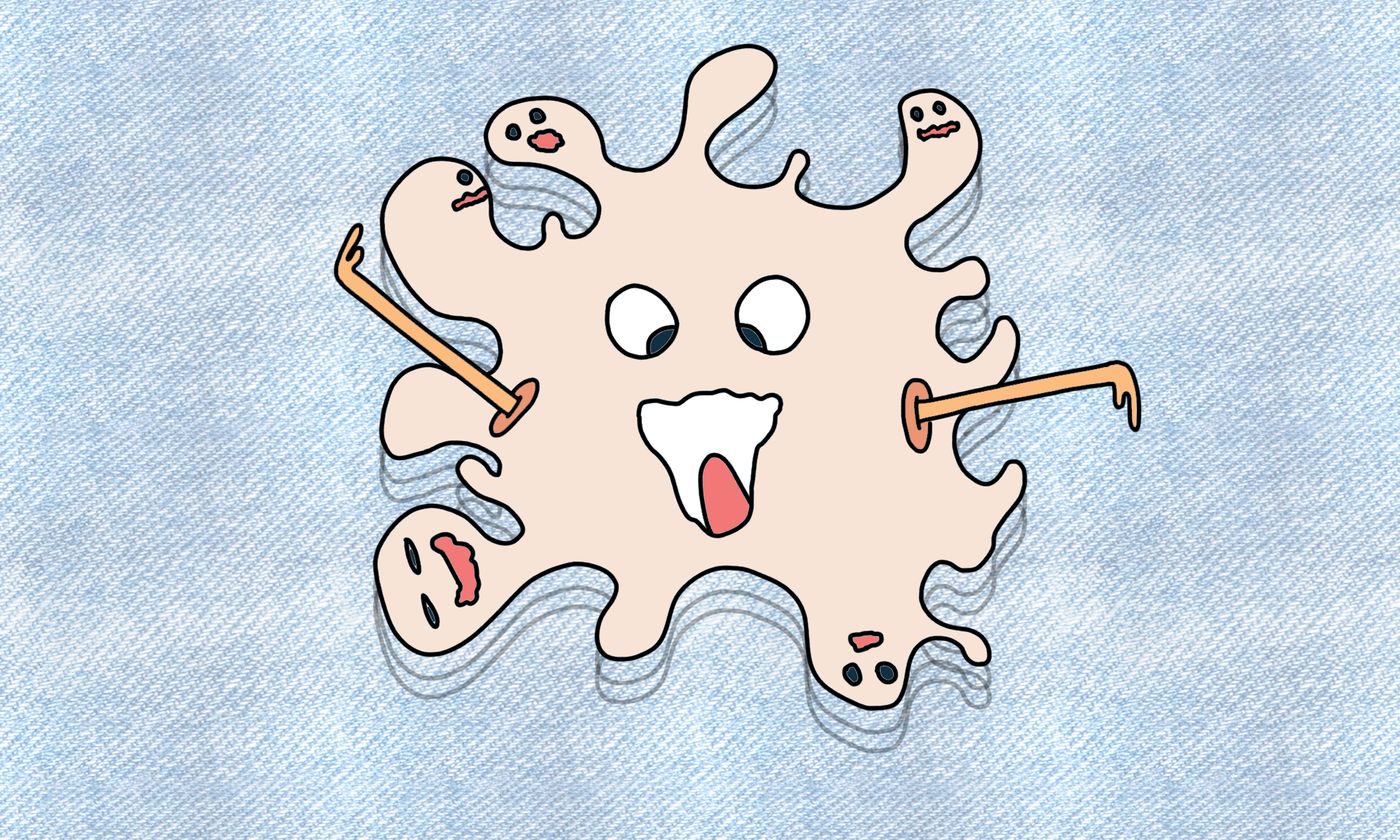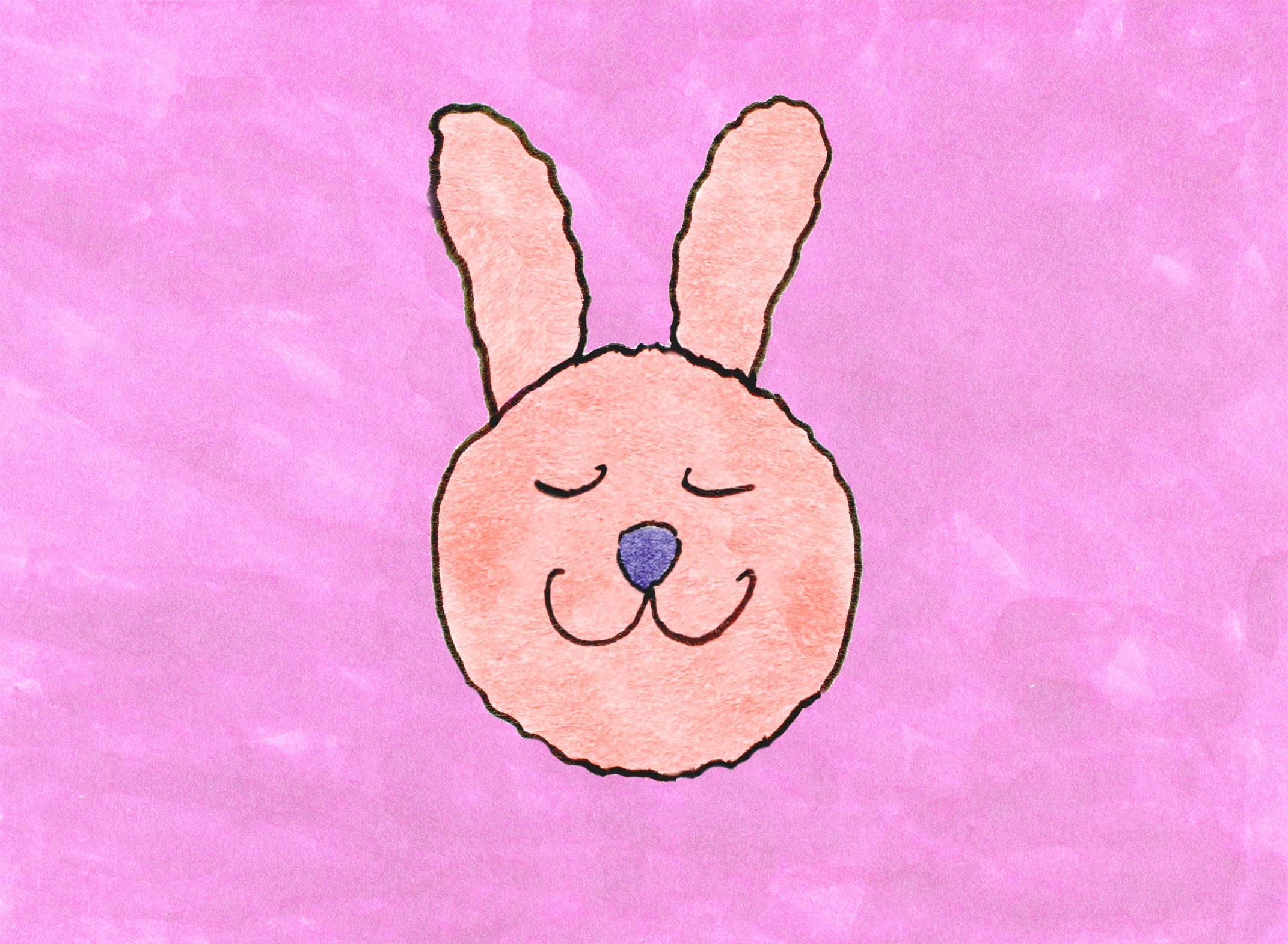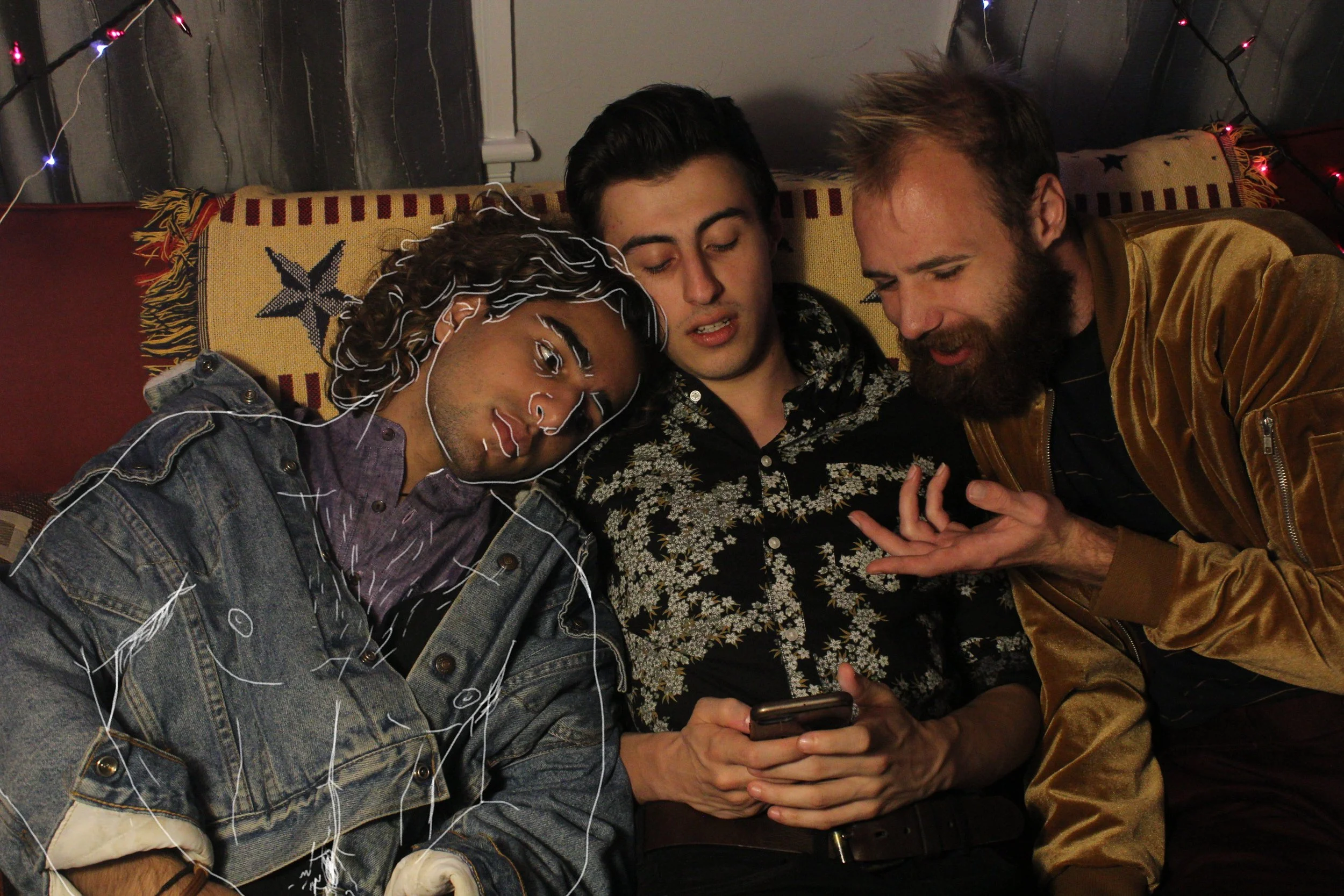Photographers and Their Muses. What drives you to take photos of the subject you do?
Spit
There was no reason for it, we simply felt a strange high from watching our spit encase the bark of the twigs. When we finished we stared down at our handiwork, wordlessly agreeing that we’d never speak of this again. It felt barbaric, destructive, and completely “unbecoming” for a bunch of Catholic school girls.
Hinduism as a Stoner Accessory
Creature Comfort
Imaginary Worlds
The Lowdown on Fast Fashion
Without Wifi
Detachment
Autumn Translation
Queer Lust
The Color of Feeling
Stories and DMs
A Reconsideration
I experienced a sort of phenomenon the other week, when, lying in bed on a quiet Tuesday night, I numbly tapped away at my phone screen. It was around 11pm, and I had been off the grid for a few hours by that point, so I felt it appropriate to check in on those I knew—and those I really didn’t know at all—the one way I could: Instagram.
We have to consider what Instagram really is: a platform. It is not an extension of reality. Sure, it is a place where we document our lives in photographs. But nowadays you’d more easily find users of the app paranoid about “the grid” (how their photos look and flow together on their feed) than posting authentic, day-to-day material. We manicure our feeds, we don’t bare our souls on them. The only place on the app you might find any sort of soul-baring is on someone’s “finsta,” in which they can be truly unfiltered, only to a safe, select group who after years of each other’s company are not quick to pass judgement. But if our “finstas”—or what I like to think of as digital diaries enmeshed with shitposting—are only available to a limited and private audience, what new connections are we genuinely forming? With this in mind, I always perceived Instagram as a platform for performance, and therefore the last place for real human connection. It was all artifice, ulterior motives feigning authenticity, an artwork where the artist was involving less and less of their true self in the art.
But that night, my mind and heart were changed when I stumbled upon the story of a person who I really did not know at all. We had only met one night the previous semester in which we shared a juul beneath hazy neon lights, and exchanged social media information before parting ways. In this one story, the person chose to be refreshingly candid: there was no performance here, rather an untouched selfie against her bedroom wall, from which a Velvet Underground poster hung. The same Velvet Underground poster that hung above my own bed.
Art by Pixie Kolesa
My fingers flew to the message box: OMG I HAVE THE EXACT SAME VELVET UNDERGROUND POSTER IN MY DORM. Then, I stopped. Who am I to “slide into the DMs” of this person, who I barely know, about something so trivial as a poster? This could end disastrously. That was when I realized, this poster would never appear in a “manicured feed.” It would never be something fresh or aesthetically-pleasing enough to coincide with today’s modernity, or even our obsession with “vintage media.” I was presented with a tiny, telling thread of information about this person, and that thread would be gone in 24 hours. Only this message box—this place for “DM sliding”—connected us, and it connected us via something real.
I approached my friend Sam to discuss this very trivial yet somehow dire situation. “Should I DM this person? Is it weird? Will they take it the wrong way?” And then he said something brilliant. “Social media, in so many ways that we don’t even really recognize, provides us with nuances—even mundane ones—about each other. It’s not the overt expression, but the little unique qualities about our shared habits [like a poster in the background of a photo] that can really connect people in ways that wouldn’t happen elsewhere.” In short, the story and DM feature of Instagram was (and is) taking a platform so expansive, so manufactured, so (in many ways) impersonal, and re-personalizing it. I finally saw it as media that was authentically social.
I hit SEND and held my breath. Suddenly: a DM notification. A week later, as I traipsed through the dining hall, a voice called out: “Hey Matt! It’s me, Julie.”
We haven’t stopped chatting since.


